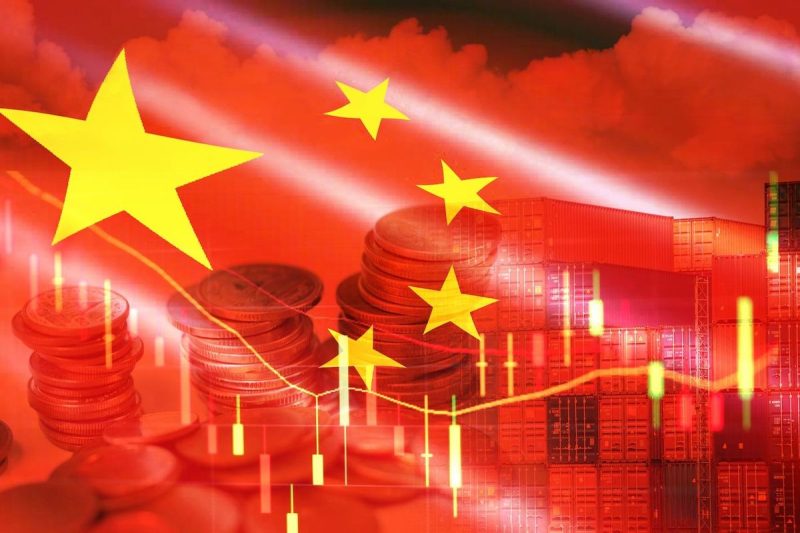In recent times, the global economic landscape has been marred by the uncertainty stemming from the ongoing COVID-19 pandemic. As countries grapple with the economic fallout, China’s proposal of a substantial $1.4 trillion debt relief package has garnered significant attention. This move has sparked speculation about the potential implications for various industries, particularly the copper market.
Copper, known as Dr. Copper due to its sensitivity to economic trends, holds significant importance in various sectors such as construction, electronics, and transportation. The metal’s demand is closely tied to global economic activity, making it a reliable barometer for the health of the global economy. As China rolls out its debt relief package, the ripple effects on copper demand are poised to be substantial.
One key aspect to consider is the infrastructure development projects that are likely to benefit from China’s debt relief initiative. As one of the world’s largest consumers of copper, China’s increased investment in infrastructure could drive up demand for the metal. From new construction projects to upgraded transportation systems, these endeavors are expected to bolster copper consumption significantly.
Moreover, the renewable energy sector stands to gain from China’s debt relief measures. With a growing focus on sustainability and decarbonization, the demand for copper in renewable energy technologies such as solar panels and electric vehicles is on the rise. As China ramps up its investments in clean energy infrastructure, copper demand is expected to experience a considerable uptick, further fueling the market dynamics.
Furthermore, China’s debt relief package could lead to a boost in consumer spending and industrial production, driving up demand for copper in consumer goods and manufacturing sectors. As economic activities rebound, companies may increase their capital expenditures, spurring demand for copper-based products and components.
However, despite the optimistic outlook for copper demand, there are potential risks and challenges that could impact the market dynamics. Fluctuations in economic conditions, geopolitical tensions, and supply chain disruptions represent key factors that could influence the trajectory of copper demand in the coming months.
In conclusion, China’s proposed $1.4 trillion debt relief package has the potential to act as a significant tailwind for copper demand across various industries. As the global economy seeks to recover from the impacts of the pandemic, increased investments in infrastructure, renewable energy, and consumer goods are expected to drive up the need for copper. It remains crucial for stakeholders in the copper market to closely monitor the developments surrounding China’s debt relief initiative and adapt their strategies accordingly to navigate the evolving landscape of the metal market.




























